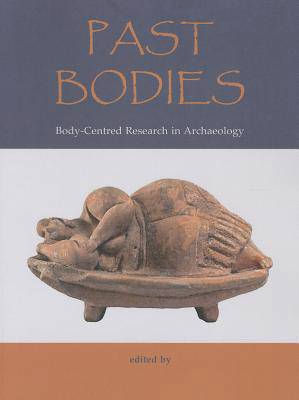
- Retrait gratuit dans votre magasin Club
- 7.000.000 titres dans notre catalogue
- Payer en toute sécurité
- Toujours un magasin près de chez vous
- Retrait gratuit dans votre magasin Club
- 7.000.000 titres dans notre catalogue
- Payer en toute sécurité
- Toujours un magasin près de chez vous
50,45 €
+ 100 points
Description
Archaeology often struggles in envisioning real people behind the world of material objects it studies. Even when dealing with skeletal remains archaeologists routinely reduce them to long lists of figures and attributes. Such a fragmentation of past subjects and their bodies, if analytically necessary, is hardly satisfactory. While material culture is the main archaeological proxy to real people in the past, the absence of past bodies has been chronic in archaeological writings. At the same time, these past bodies in archaeology are omnipresent. Bodily matters are tangible in the archaeological record in a way most other theoretical centralities never appear to be. Ancient bodies surround us, in representations, in burials, in the remains of food preparation, cooking and consumption, in hands holding tools, in joint efforts of many individual bodies who built architecture and monuments. This collection of papers is a reaction to decades of the body's invisibility. It raises the body as the central topic in the study of past societies, researching its appearance in a wide variety of regional contexts and across vast spans of archaeological time. Contributions in this volume range from the deep Epi-Palaeolithic past of the Near East, through the European Neolithic and Bronze Age, Classical Greece and Late Medieval England, to pre-Columbian Central America, post-contact North America, and the most recent conflicts in the Balkans. In all these case studies, the materiality of the body is centre stage. Possibilities are highlighted for future study: by putting the body at the forefront of these archaeological studies an attempt is made to provoke the imagination and map out new territories.
Spécifications
Parties prenantes
- Auteur(s) :
- Editeur:
Contenu
- Nombre de pages :
- 160
- Langue:
- Anglais
Caractéristiques
- EAN:
- 9781782975427
- Date de parution :
- 31-01-14
- Format:
- Livre broché
- Format numérique:
- Trade paperback (VS)
- Dimensions :
- 211 mm x 277 mm
- Poids :
- 476 g







